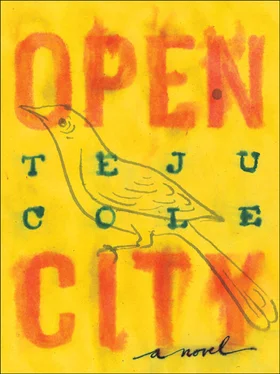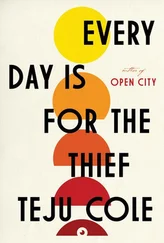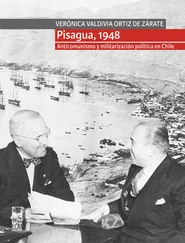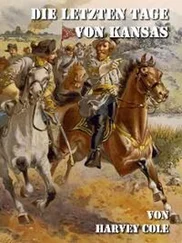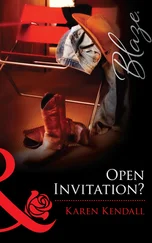The walks met a need: they were a release from the tightly regulated mental environment of work, and once I discovered them as therapy, they became the normal thing, and I forgot what life had been like before I started walking. Work was a regimen of perfection and competence, and it neither allowed improvisation nor tolerated mistakes. As interesting as my research project was — I was conducting a clinical study of affective disorders in the elderly — the level of detail it demanded was of an intricacy that exceeded anything else I had done thus far. The streets served as a welcome opposite to all that. Every decision — where to turn left, how long to remain lost in thought in front of an abandoned building, whether to watch the sun set over New Jersey, or to lope in the shadows on the East Side looking across to Queens — was inconsequential, and was for that reason a reminder of freedom. I covered the city blocks as though measuring them with my stride, and the subway stations served as recurring motives in my aimless progress. The sight of large masses of people hurrying down into underground chambers was perpetually strange to me, and I felt that all of the human race were rushing, pushed by a counterinstinctive death drive, into movable catacombs. Above-ground I was with thousands of others in their solitude, but in the subway, standing close to strangers, jostling them and being jostled by them for space and breathing room, all of us reenacting unacknowledged traumas, the solitude intensified.

ONE SUNDAY MORNING IN NOVEMBER, AFTER A TREK THROUGH the relatively quiet streets on the Upper West Side, I arrived at the large, sun-brightened plaza at Columbus Circle. The area had changed recently. It had become a more commercial and tourist destination thanks to the pair of buildings erected for the Time Warner corporation on the site. The buildings, constructed at great speed, had just opened, and were filled with shops selling tailored shirts, designer suits, jewelry, appliances for the gourmet cook, handmade leather accessories, and imported decorative items. On the upper floors were some of the costliest restaurants in the city, advertising truffles, caviar, Kobe beef, and pricey “tasting menus.” Above the restaurants were apartments that included the most expensive residence in the city. Curiosity had brought me into the shops on the ground level once or twice before, but the cost of the items, and what I perceived as the generally snobbish atmosphere, had kept me from returning until that Sunday morning.
It was the day of the New York Marathon. I hadn’t known. I was taken aback to see the round plaza in front of the glass towers filled with people, a massive, expectant throng setting itself into place close to the marathon’s finish line. The crowd lined the street leading away from the plaza toward the east. Nearer the west there was a bandstand, on which two men with guitars were tuning up, calling and responding to the silvery notes on each other’s amplified instruments. Banners, signs, posters, flags, and streamers of all kinds flapped in the wind, and mounted police on blindered horses regulated the crowd with cordons, whistles, and hand movements. The cops were in dark blue and wore sunshades. The crowd was brightly attired, and looking at all that green, red, yellow, and white synthetic material in the sun hurt the eyes. To escape the din, which seemed to be mounting, I decided to go into the shopping center. In addition to the Armani and Hugo Boss shops, there was a bookshop on the second floor. In there, I thought, I might catch some quiet and drink a cup of coffee before heading back home. But the entrance was full of the crowd overflow from the street, and cordons made it impossible to get into the towers.
I changed my mind, and decided instead to visit an old teacher of mine who lived in the vicinity, in an apartment less than ten minutes’ walk away on Central Park South. Professor Saito was, at eighty-nine, the oldest person I knew. He had taken me under his wing when I was a junior at Maxwell. By that time he was already emeritus, though he continued to come to campus every day. He must have seen something in me that made him think I was someone on whom his rarefied subject (early English literature) would not be wasted. I was a disappointment in this regard, but he was kindhearted and, even after I failed to get a decent grade in his English Literature before Shakespeare seminar, invited me to meet with him several times in his office. He had, in those days, recently installed an intrusively loud coffee machine, so we drank coffee, and talked: about interpretations of Beowulf , and then later on about the classics, the endless labor of scholarship, the various consolations of academia, and of his studies just before the Second World War. This last subject was so total in its distance from my experience that it was perhaps of most interest to me. The war had broken out just as he was finishing his D.Phil, and he was forced to leave England and return to his family in the Pacific Northwest. With them, shortly afterward, he was taken to internment in the Minidoka Camp in Idaho.
In these conversations, as I now recall them, he did almost all the talking. I learned the art of listening from him, and the ability to trace out a story from what was omitted. Rarely did Professor Saito tell me anything about his family, but he did tell me about his life as a scholar, and about how he had responded to important issues of his day. He’d done an annotated translation of Piers Plowman in the 1970s, which had turned out to be his most notable academic success. When he mentioned it, he did so with a curious mixture of pride and disappointment. He alluded to another big project (he didn’t say on what) that had never been completed. He spoke, too, about departmental politics. I remember one afternoon that was taken up with his recollection of a onetime colleague whose name meant nothing to me when he said it and which I don’t remember now. This woman had become famous for her activism during the civil rights era and had, for a moment, been such a campus celebrity that her literature classes overflowed. He described her as an intelligent, sensitive individual but someone with whom he could never agree. He admired and disliked her. It’s a puzzle, I remember him saying, she was a good scholar, and she was on the right side of the struggles of the time, but I simply couldn’t stand her in person. She was abrasive and egotistical, heaven rest her soul. You can’t say a word against her around here, though. She’s still considered a saint.
After we became friends, I made it a point to see Professor Saito two or three times each semester, and those meetings became cherished highlights of my last two years at Maxwell. I came to view him as a grandfatherly figure entirely unlike either of my own grandfathers (only one of whom I’d known). I felt I had more in common with him than with the people who happened to be related to me. After graduation, when I left, first for my research stint at Cold Spring Harbor, and then to medical school in Madison, we lost touch with each other. We exchanged one or two letters, but it was hard to have our conversations in that medium, since news and updates were not the real substance of our interaction. But after I returned to the city for internship, I saw him several times. The first, entirely by accident — though it happened on a day when I had been thinking about him — was just outside a grocery store not far from Central Park South, where he had gone out walking with the aid of an assistant. Later on, I showed up unannounced at his apartment, as he had invited me to do, and found that he still maintained the same open-door policy he had back when he had his office at the college. The coffee machine from that office now sat disused in a corner of the room. Professor Saito told me he had prostate cancer. It wasn’t entirely debilitating, but he had stopped going to campus, and had begun to hold court at home. His social interactions had been curtailed to a degree that must have pained him; the number of guests he welcomed had declined steadily, until most of his visitors were either nurses or home health aides.
Читать дальше
